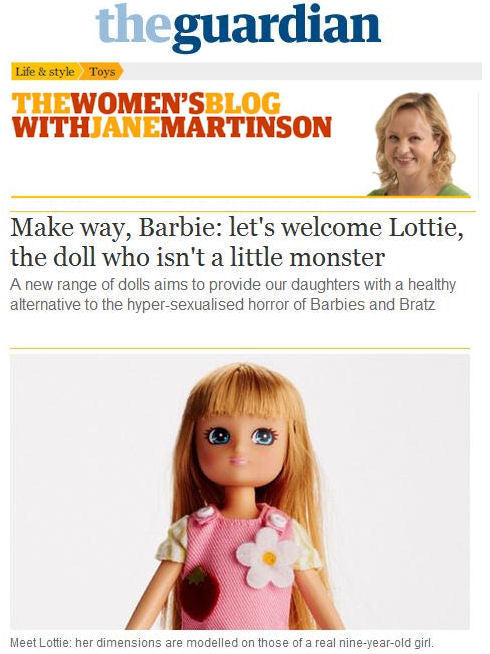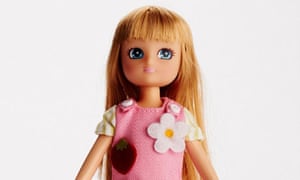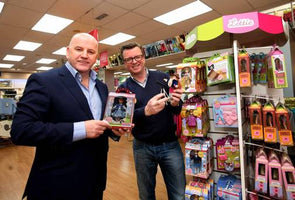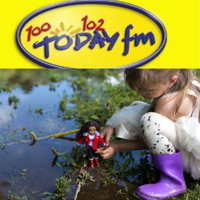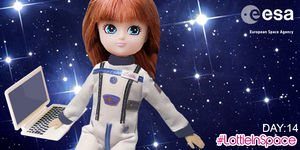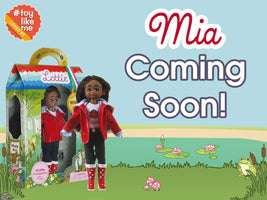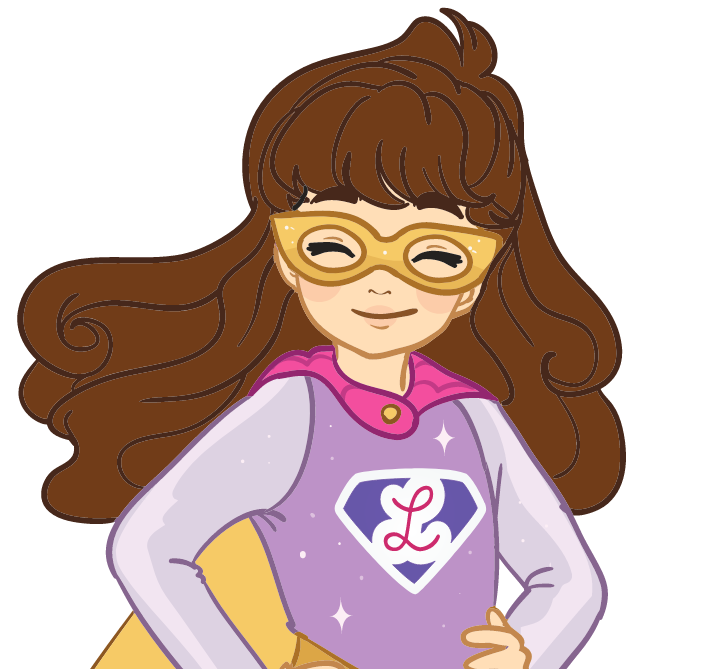She has sturdy legs, a flat chest, and clothes practical enough to go stomping through the forest in. Admittedly, her eyes and head may be so large they would warrant a trip to the doctor if she were a real child but, nonetheless, it's hard not to like Lottie doll.
Particularly as the 7in doll in a bobble hat is trying to take on the combined horrors of Barbie, Monster High and Bratz in the battle for control over our daughters' minds.
Why is Lottie better than the plastic monsters with legs so long they would impede movement in a real woman? She is a doll, after all, and for those of us who have fought to have doctors' bags and train sets marketed to girls as well as boys, any toy that encourages an interest in clothes and glossy hair can't be top of our Christmas lists. Yet, given the size of the fashion doll market, it would seem churlish to ignore signs that parts of the business world (the smaller parts, largely) are trying to offer an alternative to the hyper-sexualised playthings usually marketed to our young girls. Not only is Lottie's modelled on the dimensions of a real girl, but her clothes, make-up, and hair would look out of place at either a Rihanna concert or a brothel. Hurrah.
Lottie launched this summer by Arklu, the British company that gave us thePrincess Kate doll that looks suspiciously like a Barbie, has already won awards and support from campaigners such as Jo Swinson MP, co-founder of theCampaign for Body Confidence and the two education consultants behind Body Image in the Primary School. The company used research and the backing of two academics, Professor David McCarthy and Dr. Margaret Ashwell, to give Lottie the dimensions of a real nine-year-old girl. One of Arklu's two co-founders, Ian Harkin, gave an interview to a blogger here.
Lottie's "activities" are also based on those of a real child, although possibly one blessed with money and those beloved middle-class aspirations of pony-owning, festival-going, and ballet dancing. There is also a Snow Queen Lottie in a mask with suspiciously pink lips but, as I said, we're not talking the Holy Grail here. Abi Moore, founder of PinkStinks, which campaigned to stop toy shops from insisting that girls like making cup-cakes and ironing while dressed as princesses while boys like action and adventure, welcomed the move, albeit with reservations. "This is a positive thing and a step in the right direction, but there's still some way to go. It would be good to see a less obvious selection of clothes, perhaps. Why not an Olympic athlete Lottie?" ("They're working on it," says the firm's PR, who says the fledgling company thinks sports themes will work well.)
As part of the launch, Arklu did a survey in which parents talked of their concerns about very young girls not wanting to wear certain clothes because they would look fat. "My daughter told me she had fat legs and tummy and needed to make them smaller – she was four at the time!" said one. Moore admits this is one of Lottie's big selling points. "I love her chunky thighs. I've got them too and have always hated them. In fact, I should love them and point out how good they are for running and being strong."
My own daughters also liked Lottie. "I like her leggings, they're just like mine," said the five-year-old.












